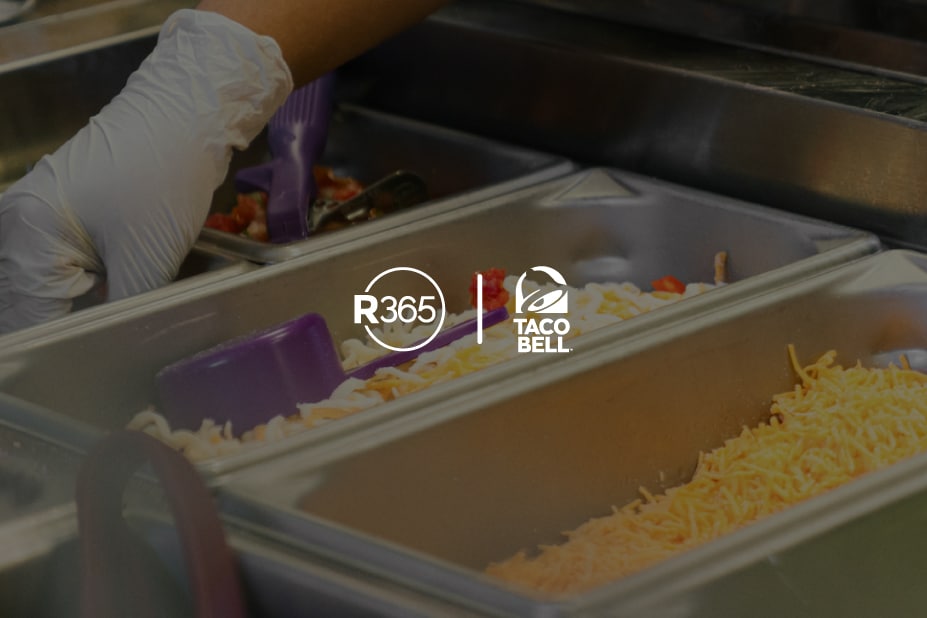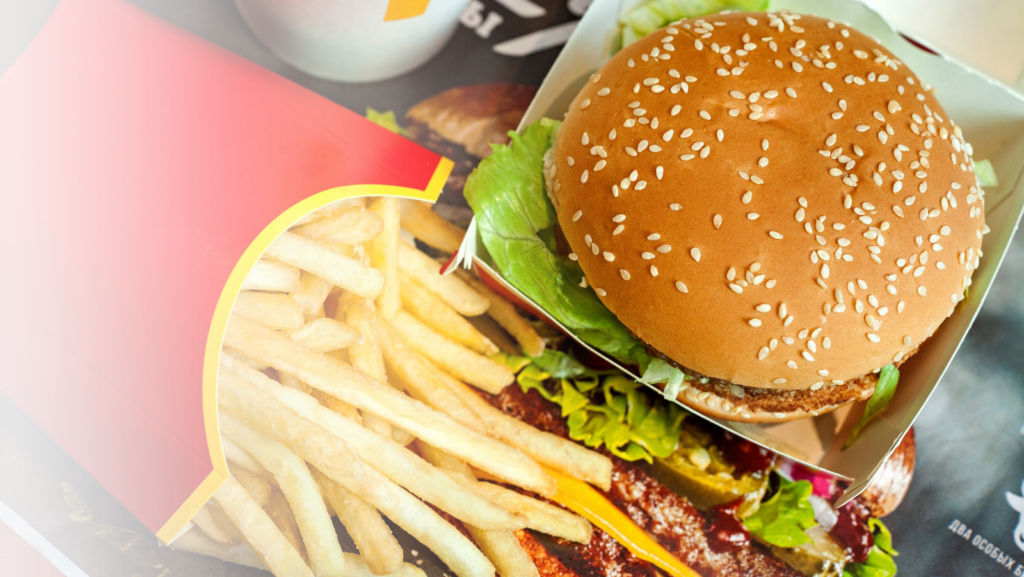Especially in uncertain times, an important factor in decisions about how to operate your restaurant is your break-even point. Essentially, your break-even point is what sales you need for a certain period of time to not lose money, or “break even.” This is a financial calculation that can help you make critical staffing decisions as well as devise operational plans for your business.
Break-even point formulas may seem complicated guesswork, but if you know a few key metrics about your expenses and average guest spend, calculating your restaurant break-even point can be a simple and powerful tool. Deciding on making restaurant operation changes during the coronavirus pandemic
Regulations and public advisories for restaurants during the coronavirus pandemic range widely throughout the country. If your state allows dine-in, or perhaps delivery only, you are working to make critical decisions about staying open, changing your dining options (for instance, only seating customers 6 ft. apart), modifying your menu to serve takeout, or closing temporarily.
With a constantly-changing understanding of the public health ramifications of COVID-19, no one can say for sure how restaurants are going to be affected. However, there will undoubtedly be an impact on all businesses, including all owners, managers, servers, chefs, delivery drivers, and more in the food business.
Understanding your break-even analysis at this critical juncture can help you assess risk and make the most well-informed decisions you can. Information about your key restaurant operations can help you navigate your business through these uncertain times, while still providing for your staff and customers. Calculating your restaurant break-even point will give you an idea of what revenue is needed for your business to be profitable. When you know this metric, you are better able to determine at which point it makes sense to cut costs, or at which point you need to reconsider your options.
How to Determine If You Should Trim Menu Offerings
If your state or municipality is allowing restaurants to be open, whether that’s for delivery only or full service, you still are probably experiencing a slow-down in business. If you are able to still reach your break-even point or make a profit, you may want to adapt to the decrease in demand by adjusting your menu offerings. Consider reducing your food costs by limiting the number of menu items in a way that allows you to streamline your inventory.
If you are doing delivery only, you will likely need to adjust your menu offerings anyway, to pivot toward foods that keep well during delivery transit. Consider offering a takeout menu that simultaneously allows you to slim down your inventory and minimize your prime costs.
When You Should Consider Closing Temporarily
If you are currently unable to hit your break-even point with your restaurant sales, this means your restaurant is losing money by staying in business. As discussed below, your restaurant business has some costs that are fixed, to be paid no matter what, and some costs that are variable. Understanding your break-even point, you may make the decision to close temporarily to avoid losing more money on your variable costs.
What is the break-even point for a restaurant?
Your break-even point demonstrates how many people you need to serve in order for your restaurant to make money, based on how much money the average guest spends. The amount of revenue needed depends on the sum of your total fixed and variable expenses over a certain period of time.
Your break-even point calculation relies on accurate accounting of your expenses and information from your POS system about guest check averages.
What is the difference between fixed and variable costs?
To perform a break-even analysis, the first numbers you need to collect are your fixed and variable costs.
Determine Your Fixed Costs
Your total fixed costs are your expenses that have to be paid, no matter what your sales. These costs don’t fluctuate from month to month. Common fixed costs include:
- Rent, insurance, and property tax
- Phone and internet
- Marketing and advertising costs
- Licenses and permits
- Utility bills (more on this below)
Calculating Variable Costs
Variable costs are your expenses that vary in proportion to the amount of menu items you sell. Your total variable costs change when your sales volume fluctuates. Common variable costs include:
- Food and beverage costs
- Labor costs
- Credit card processing fees
- Takeout containers or disposables
Mixed Costs
Mixed costs are the in-between expenses that are partially fixed and partially variable by business demand. For instance, your electricity or water bill may vary slightly with the changing months, but typically these utility bills will stick within a range. In order to calculate your break-even point, group mixed costs with fixed costs and use a monthly average for the purpose of the calculation.
Calculating your break-even point
To calculate your daily sales needed to break even, use our calculator below.
Alternatively, if you prefer to calculate a break-even analysis manually, there are two common formulas for calculating your break-even point:
Break-Even Point = Total Fixed Costs ÷ (Average Revenue Per Guest – Variable Cost Per Guest)
Break-Even Point = Total Fixed Costs ÷ (Total Sales – Total Variable Costs ÷ Total Sales)
If you do not know your variable cost per guest, divide the cost of your average sales per month by the gross income in that same month. Alternatively, if it is available to you with your restaurant management software, you can calculate your estimated margins on food and drinks based on your recipe cost tracking.
Whichever formula you use, you are fundamentally calculating the answer for the question: accounting for your variable costs per menu item sold, what sales volume do you need to offset your total fixed costs? When you know how much you need to make, or how many customers you need to bring in on average to break even, you can make informed decisions about what steps you should take next.
Conclusion
Calculating your restaurant break-even point is a simple yet powerful calculation, and it can be a guiding number in times of uncertainty. As restaurant owners and operators, you are making the best decisions you can with the information you have. Ensuring you are working with realistic, data-driven numbers is a critical step in making the best decisions you can for your business, staff, and customers.



